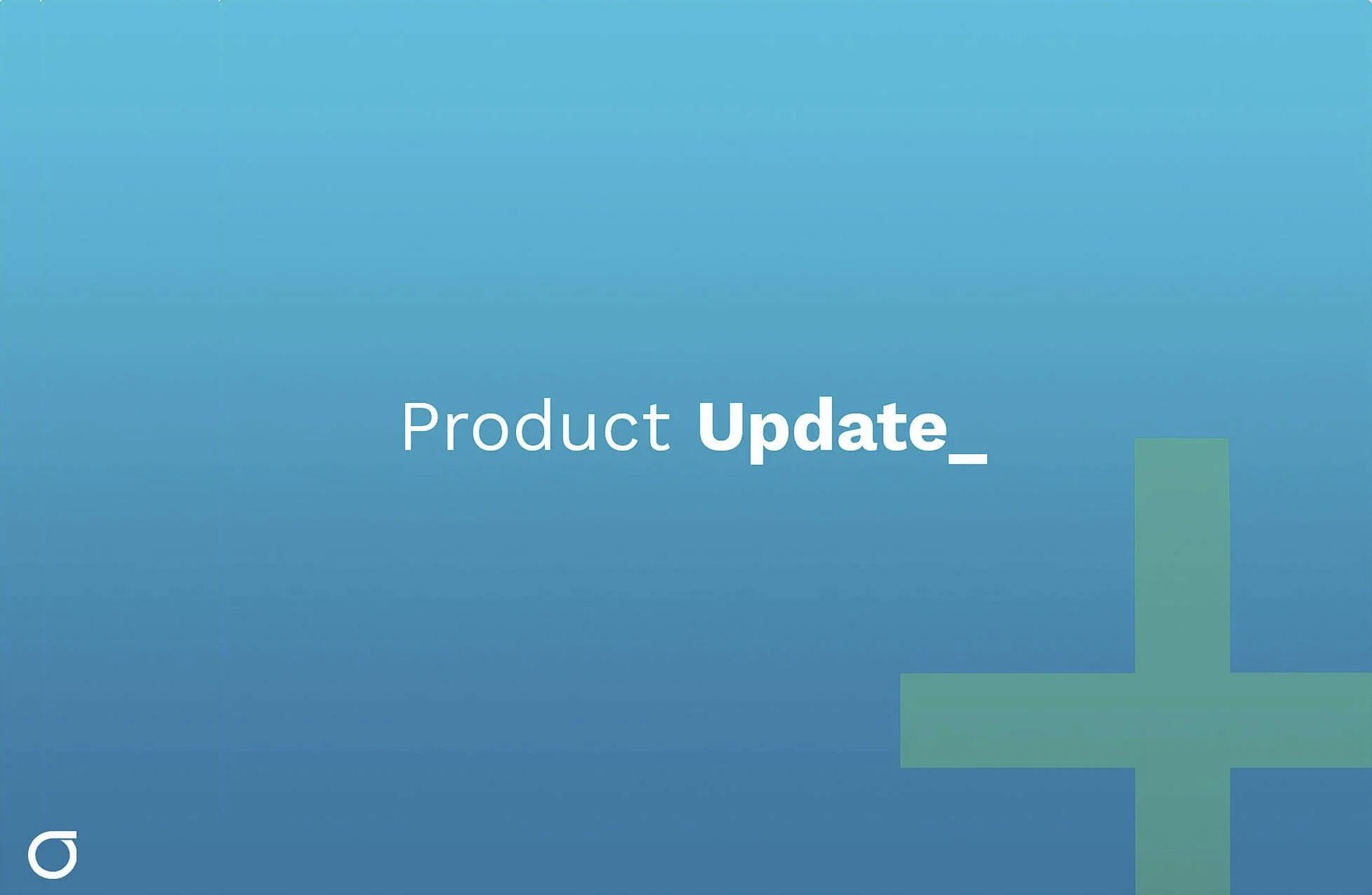The compliance burden hasn’t just grown. It has multiplied.
Analysts are inundated with alerts, duplicated headlines, and data that appears relevant until it isn’t. Leaders know the problem isn’t effort. It’s scale. Traditional workflows, built around rules and repetition, are stretched thin in the face of today’s demands.
But there is a way forward. It begins not with sweeping transformation, but with a shift in focus: deploying Generative AI where the returns are immediate and measurable.
This article outlines two high-impact entry points for any compliance leader exploring Generative AI, match review and adverse media summarization, and offers a practical framework to begin.
To understand why this shift is urgent, see our previous post: The New Imperative: Why Generative AI Can’t Wait for Your Compliance Team.
If you run a financial crime compliance function, you've seen the numbers.
Thousands of alerts, the vast majority of which go nowhere. Watchlists that flag everyone from sanctioned entities to retired politicians with the same urgency. Media feeds overflowing with redundant articles and tangential references. Analysts are trained to make judgment calls. But the system they operate in too often demands they perform triage instead.
These are not just pain points. They are structural inefficiencies. And they are ideal targets for GenAI.
Most match review systems operate on rigid logic. If two fields align above a threshold, an alert is triggered. What happens next is left to an analyst, who must manually determine whether the match is real or coincidental.
Generative AI changes this by introducing reasoning into the process. Rather than relying solely on score thresholds or keyword overlap, GenAI evaluates matches in context. Is the alert referring to your customer? Is the risk material? Can the system explain, in plain language, why a match should be escalated or safely dismissed?
At Sigma360, we have seen organizations cut triage time dramatically by deploying a GenAI-powered L1 Agent. Not because they reviewed fewer alerts, but because they reviewed the right ones.
Key advantages:
How to begin:
Start with a specific queue. Sanctions or politically exposed persons (PEPs) are common candidates. Configure your GenAI agent to reflect internal thresholds and use oversight dashboards to monitor performance. Focus on transparency from the outset. Decisions that cannot be explained will not be trusted.
Adverse media screening is indispensable, but in its current form, it often obscures more than it reveals. Analysts sift through dozens of headlines to find one thread of relevance. Volume becomes a proxy for diligence. But quantity is not clarity.
Generative AI introduces structure to this process. It consolidates related headlines, extracts core events, and generates a concise summary aligned with your materiality policies. Instead of scanning fifteen articles about the same incident, analysts receive one synthesized narrative grounded in evidence and context.
The result is not just faster review. It is higher confidence. Teams no longer waste time on tangents. They focus on real risk.
Benefits include:
How to begin:
Integrate GenAI summarization as a layer within your current media screening tool. There is no need to replace existing systems to gain value. Ensure high-risk alerts still receive human review. Let AI surface what matters and allow analysts to focus their attention where it counts.
The right mindset for adopting GenAI is not full-scale transformation. It is disciplined experimentation.
Select one workflow. Define a narrow scope. Measure rigorously. Track time saved, consistency, and override rates. Treat it like any new operational control. Review it, validate it, and adjust before expanding.
Success in early use cases builds operational muscle and earns confidence from internal stakeholders.
Generative AI is no longer an emerging technology. It is an immediate tool for reducing friction, clarifying risk, and accelerating decision-making.
The key is to start in the right place. Match review and adverse media workflows are high-volume, high-fatigue processes that benefit most from structured automation. They are where compliance leaders can act now, demonstrate impact, and build momentum.
The transformation does not begin with a mandate. It begins with one well-chosen step.

Vladimir Putin's recent deadly aggression against Ukraine has put pressure on the international community to decide what measures can be taken to...

Sigma continues to provide updated, improved screening for clients interested in understanding potential exposure to Russia, Russian Entities, and...

This month, a new study from the Yale School of Management, which has been monitoring approximately 1,300 companies that do business in Russia, found...
